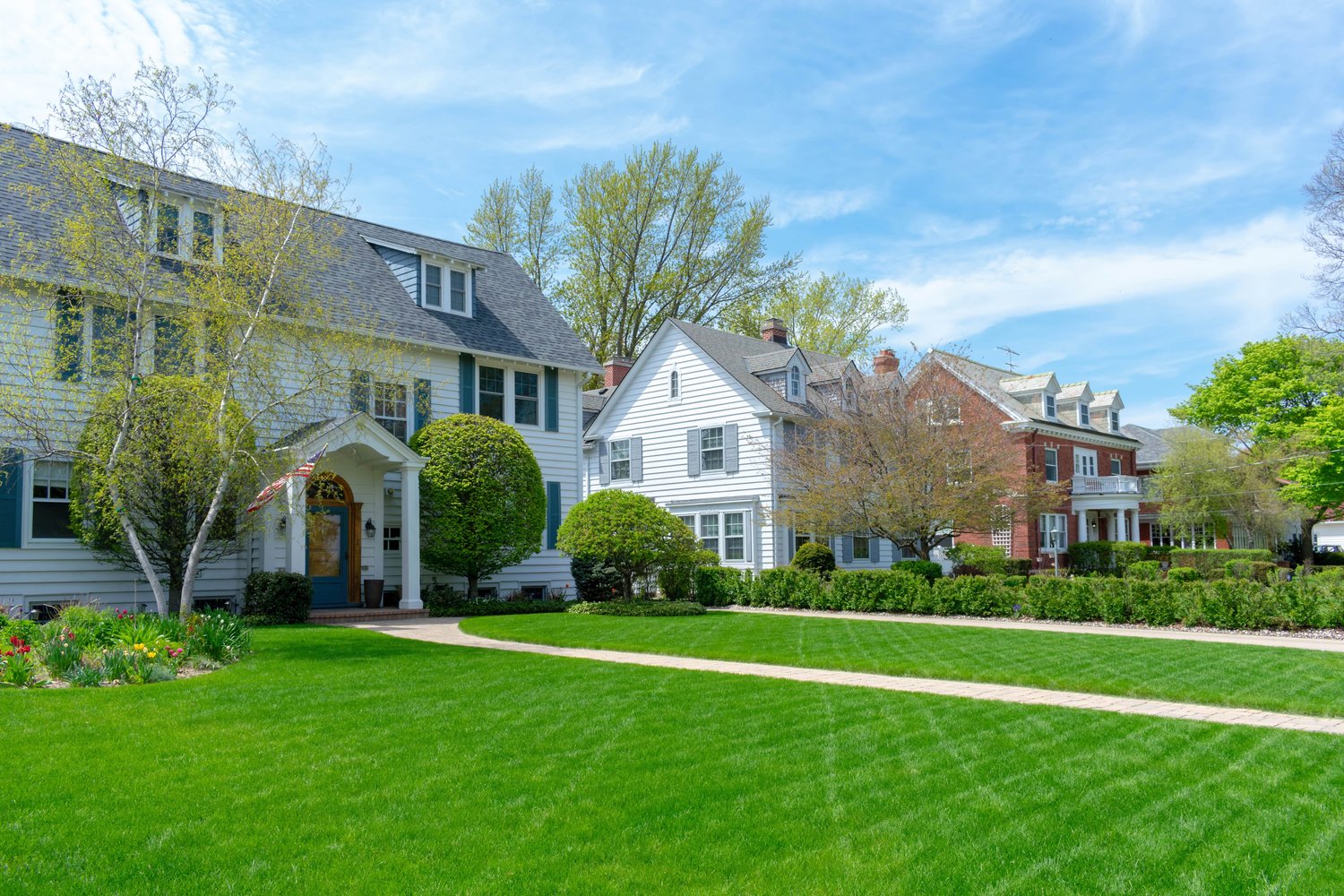While upgrading your home can enhance your living experience and potentially increase its market value, many homeowners are surprised to discover that significant renovations may trigger property tax reassessments. These reassessments can lead to higher property tax bills, creating an unexpected long-term cost associated with home improvements. Understanding the relationship between home renovations and property taxes is essential for homeowners planning major remodeling projects, allowing them to budget appropriately and avoid financial surprises.
How Property Assessments Work
Property taxes are calculated based on the assessed value of your home, which is determined by your local tax assessor’s office. Most jurisdictions have regular assessment schedules—annually, biennially, or even less frequently depending on local laws. During these assessments, tax authorities evaluate properties to determine their current market value, which becomes the basis for calculating property tax obligations. However, certain events can trigger reassessments outside of this regular schedule, with major home improvements being one of the most common triggers.
When you make substantial improvements to your property, you’re essentially increasing its market value. From the perspective of the tax authority, this increased value should be reflected in your property tax contribution. Understanding this fundamental relationship between home value and taxation helps explain why your renovation increase taxes after completion of your project.
Types of Improvements That May Trigger Reassessments
Not all home improvement projects affect your property taxes equally. Generally, substantial structural changes or additions that increase your home’s square footage or significantly enhance its value are most likely to trigger a reassessment. Examples include adding a new bedroom, constructing an in-ground swimming pool, finishing a basement, building an addition, or completing a major kitchen renovation. These improvements substantially change the property’s characteristics and value.
Conversely, maintenance projects and minor cosmetic updates typically don’t trigger reassessments. Repainting your home’s interior, replacing a few windows, installing new flooring, or making basic repairs generally won’t lead to higher property taxes. These types of projects are considered normal maintenance rather than value-enhancing improvements. The distinction between maintenance and improvement projects is critical when considering the potential tax implications of home renovation plans.
The Reassessment Process After Remodeling
The process of property assessment after remodel projects varies by location, but it typically begins with the building permit. When you apply for permits for your renovation project, this alerts the local tax assessor’s office about potential changes to your property. Some jurisdictions automatically schedule reassessments when permits are issued for major work. In other areas, assessors may conduct periodic neighborhood reviews to identify unpermitted improvements or wait until the next regular assessment cycle.
During a reassessment, an assessor may visit your property to examine the improvements firsthand or might use information from building permits and construction documentation to determine the new value. The increased assessment typically reflects the estimated market value added by your improvements rather than simply adding the cost of your renovation to your previous assessment. This is an important distinction that AskHomey experts often clarify for homeowners planning significant remodeling projects.
Calculating the Tax Impact of Home Improvements
To estimate how your home improvement property tax burden might change, you’ll need to understand your local tax rate, often expressed as a percentage or mills (where one mill equals $1 of tax for every $1,000 of assessed value). For example, if your local tax rate is 1.5% and your renovation increases your property’s assessed value by $50,000, you could expect to pay approximately $750 more in annual property taxes ($50,000 × 0.015 = $750).
Remember that assessed value doesn’t necessarily equal the full market value in all jurisdictions. Some areas assess properties at a percentage of market value, while others offer homestead exemptions or other reductions that might mitigate the tax impact of improvements. Additionally, some localities have caps on how much your assessment can increase in a given year, potentially spreading the tax increase over several years.
Strategies to Manage Potential Tax Increases
Homeowners concerned about how renovations might affect their property taxes have several strategies to consider. First, research your local assessment practices before beginning major projects to understand potential tax implications. Some jurisdictions offer temporary exemptions for certain types of improvements, particularly those related to energy efficiency or accessibility.
Second, consider the timing of your improvements relative to assessment cycles. Completing projects just after an assessment might give you more time before the increased value affects your tax bill. Additionally, some homeowners choose to phase major renovations over time to avoid dramatic increases in assessed value all at once.
Finally, always verify that your post-renovation assessment is accurate. You have the right to appeal if you believe the new assessment overvalues your property or inaccurately reflects your improvements. This appeal process varies by jurisdiction but typically involves submitting evidence supporting your claim of a lower value.
Conclusion
While home improvements can lead to property tax increases, understanding this relationship allows you to make informed decisions about renovation projects. By researching local assessment practices, carefully planning the scope and timing of improvements, and being prepared to appeal inaccurate assessments, you can manage the tax implications of enhancing your home. The potential increase in property taxes should be viewed as just one factor in the overall financial equation of home improvements, balanced against increased home value, improved quality of life, and potential energy savings from modern upgrades.
For more tips and to connect with reliable home service professionals, follow AskHomey on Facebook and Instagram.



